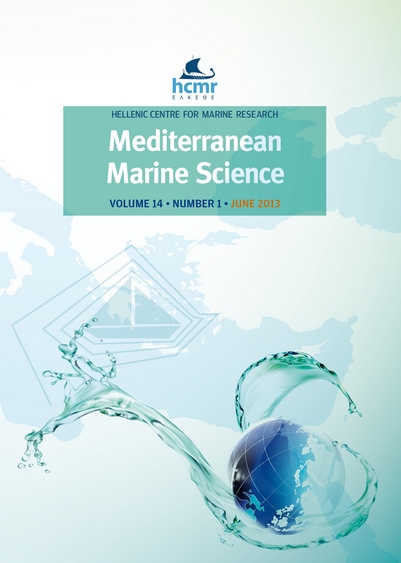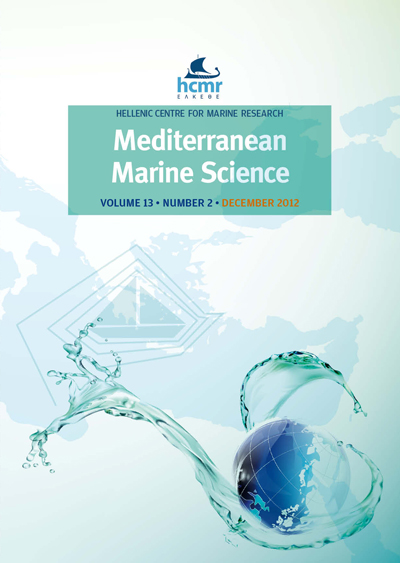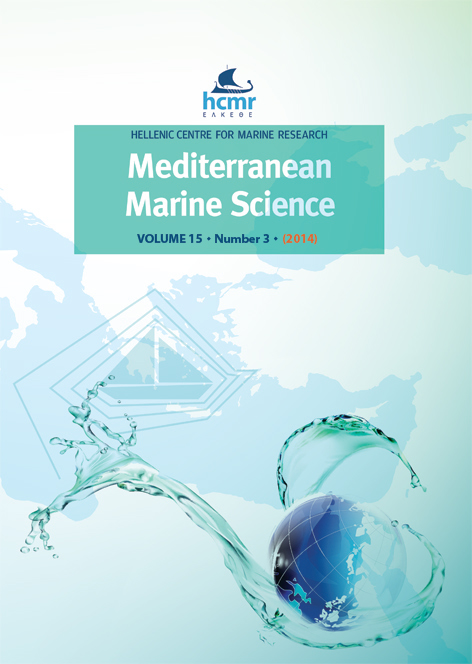Biology and new records of the invasive species Branchiomma bairdi (Annelida: Sabellidae) in the Mediterranean Sea

Abstract
First observations on the reproductive biology of the alien polychaete Branchiomma bairdi (McIntosh, 1885) (Sabellidae) in the Mediterranean Sea are provided as well as additional Mediterranean records of the species which can help to understand its introduction and spreading. Re-examination of the specimens from Miseno harbour (Tyrrhenian Sea, Italy) revealed the presence of B. bairdi in the central-Mediterranean since September 2004. The histological study of individuals collected in Malta revealed that the species is a simultaneous hermaphrodite, developing male and female gametes in the same body segments; embryos are brooded inside the parent tube. However, there is evidence also for asexual reproduction. The species shows a different reproductive pattern from the previously reported population from the eastern-Pacific; this demonstrates its great plasticity and adaptability. Branchiomma bairdi has an invasive behaviour, colonizing large areas in relatively short-time, and reaching relatively high densities (c.a. 50 individuals/m2). Its expansion throughout several Mediterranean localities is largely a consequence of the high capacity of this species to colonize extremely different habitats and substrates, to the occurrence of sexual and asexual reproductive strategies, and the combination of both. Further, B. bairdi appears to be particularly abundant in confined and anthropogenic degraded areas. Finally, our findings strongly suggest that the pathway of introduction in the Mediterranean, previously hypothesized as the Suez Canal (Lessepsian migration), is most likely via the Gibraltar Strait.
Article Details
- How to Cite
-
ARIAS, A., GIANGRANDE, A., GAMBI, M., & ANADON, N. (2013). Biology and new records of the invasive species Branchiomma bairdi (Annelida: Sabellidae) in the Mediterranean Sea. Mediterranean Marine Science, 14(1), 162–171. https://doi.org/10.12681/mms.363
- Issue
- Vol. 14 No. 1 (2013)
- Section
- Research Article
Authors who publish with this journal agree to the following terms:
- Authors retain copyright and grant the journal right of first publication with the work simultaneously licensed under a Creative Commons Attribution Non-Commercial License that allows others to share the work with an acknowledgement of the work's authorship and initial publication in this journal.
- Authors are able to enter into separate, additional contractual arrangements for the non-exclusive distribution of the journal's published version of the work (e.g. post it to an institutional repository or publish it in a book), with an acknowledgement of its initial publication in this journal.
- Authors are permitted and encouraged to post their work online (preferably in institutional repositories or on their website) prior to and during the submission process, as it can lead to productive exchanges, as well as earlier and greater citation of published work (See The Effect of Open Access).








